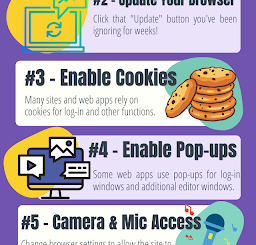How digital equity enhances cybersecurity in schools
Digital equity in the classroom goes far beyond the need to deliver internet connectivity and devices. All students need and deserve a safe, reliable, and adaptable edtech ecosystem to support and nurture their learning experience.
Behind the obvious laptops and countless other tech tools used by everyone in today’s schools sits what could arguably be labeled the least discussed aspect of K-12 technology: the vast software systems that nearly all schools use to store and update student data – including their identifying information. Everyone using these systems is impacted by the way in which users are required to log in, as well as interact with, cybersecurity precautions. It’s not energizing to discuss or even manage – but deploying it correctly can make all the difference for countless students.
Just as all students aren’t the same, their needs for entering and using these systems may vary greatly. Thus, if a district uses the same access process for all, the chance that gaps in digital equity exist is nearly certain. A fifth grader with special needs may face access and access confirmation processes that take away from instruction time in each class throughout the day. Furthermore, imagine facing those same hurdles every day and every year throughout a K-12 education.
Keeping in mind the sheer vulnerability of today’s internet connected devices and cloud-based apps, there’s a clear need for a resilient mixture of flexibility and protection that can prevent gaps in digital equity that have nothing to do with internet access, but rather, its actual use.
A Learning Environment that Safeguards and Adapts to the Individual
Establishing digital identities and then managing access in a secure, yet scalable and flexible way enables schools to safely and more easily cater to most unique needs. Unfortunately, many of the older legacy identity and access management systems (IAMs) were not designed to help combat the complex cyberthreats districts face today. That inevitably eats into instruction time and causes delays and inefficiencies impacting millions of students across the country.
Related:
3 ways the E-rate program helps level up learning
Growing ransomware threats require maximum data protection
(see all)



